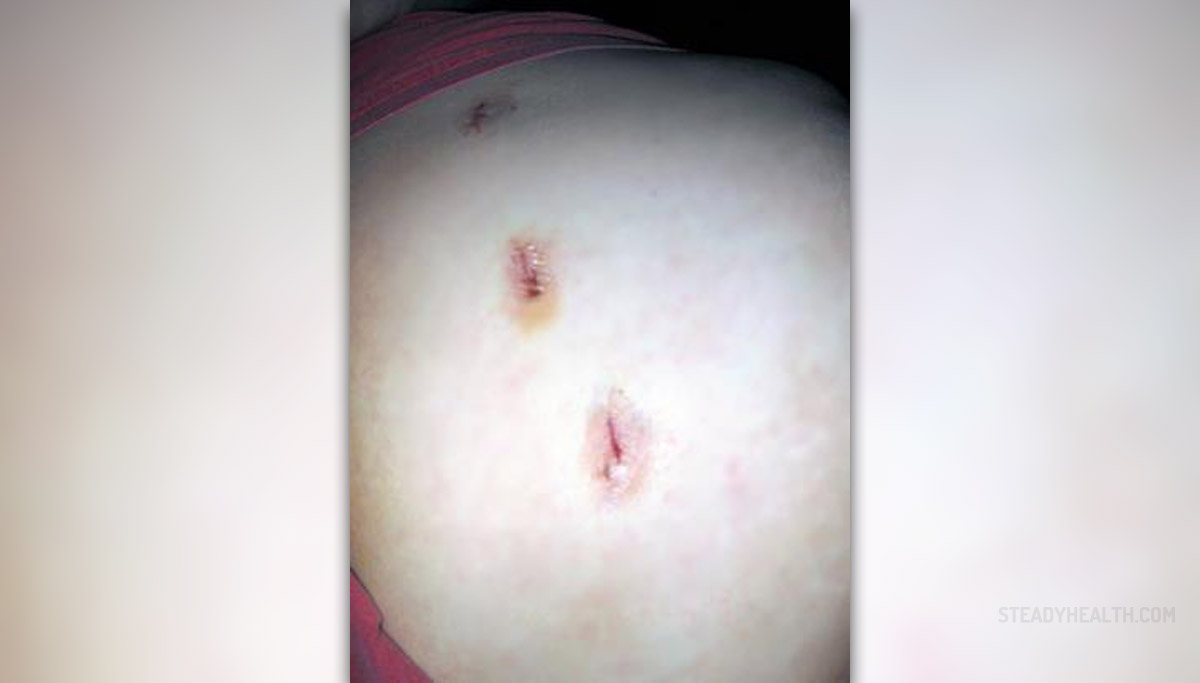
Definition
Laparoscopic cholecystectomy is a surgical procedure in which the gallbladder is resected and removed from the body by usage of laparoscopic methods. It can be said that this is not as invasive surgery as is the case of standard cholecystectomy. For this surgical procedure the special equipment instruments and camera are required. The surgeon who operates on patient has to be experienced enough as this type of surgery requires good knowledge and rich previous practice.
The surgical Procedure
The surgery is done with the assistance of plastic tubes which are inserted through small incision lines. There are few incisions each of which is made for one tube. This way the camera can be placed through one of the incision lines and instruments through others. The camera helps the surgeon to orient himeself inside the abdominal cavity and to cut the gallbladder without any risk of causing damage onto the surrounding structures. The scars are rather small and not so noticeable.
Complications
Laparoscopic cholecystectomy is a very safe procedure with only 2% of possible complications. Major importance is that the surgeon is experienced enough in performing an operation as surgeon's mistake is mostly the cause of potential complications.
The classic risk is connected to the infection of the incision line. This complication heals with proper dosage of antibiotics. Complications regarding anesthesia are less possible to happen and affect mostly those patients with previous history of allergies.
There may be several complications that will require the continuation with the classic surgical procedure of opening of the abdomen. This problem may occur in obese patients and in those who have already undergone the surgery of the abdomen and have developed post operation scars. Intraabdominal hemorrhage requires abdominal approach as well.
The common bile duct and cystic duct can get damaged during the procedure. Even small intestines can be damaged by the instruments that are used during the laparoscopic cholecystectomy. In extremely rare cases it is possible that one or more gallstones originating from the gallbladder remain in abdominal cavity. They may lead to further irritation of the peritoneum. The bile may have free path and leak into the peritoneum and this is also the cause of additional peritonitis. Gallbladder stones may end up in the common bile duct. This results in bile obstruction. Most of the patients experience so called postcholecystectomy syndrome which consists of abdominal pain, gases and bloating and sporadic diarrhea.
Even the cases of postoperative pneumonia, increased coagulation and heart problems have been reported.




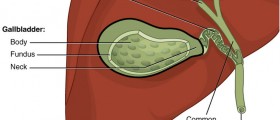


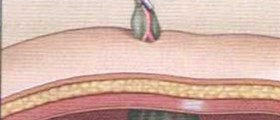



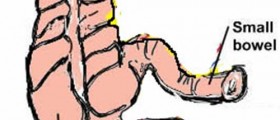

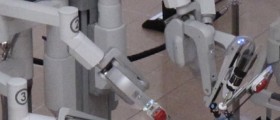

Your thoughts on this
Loading...